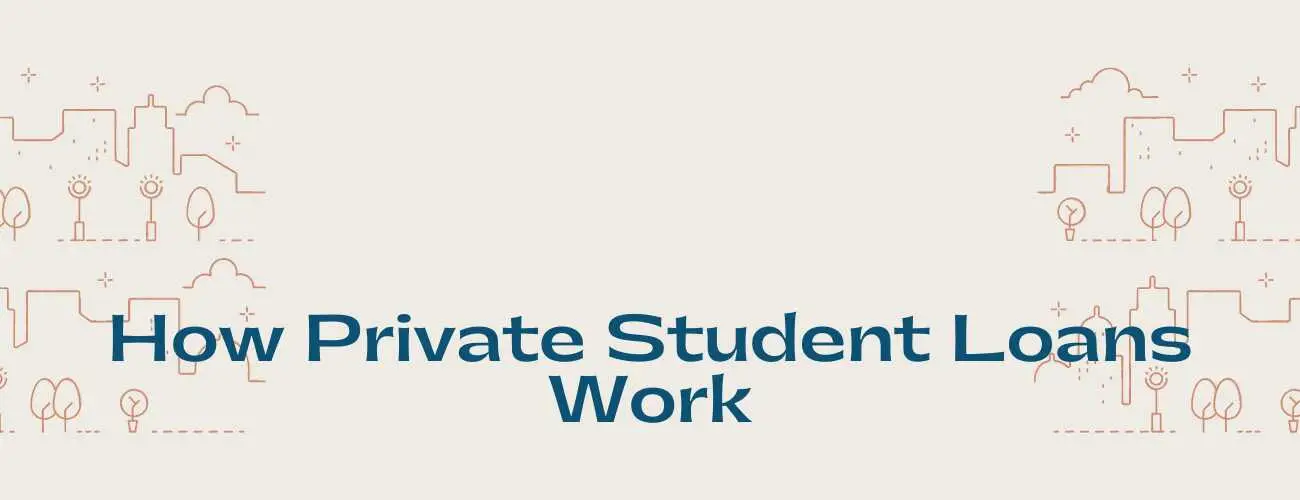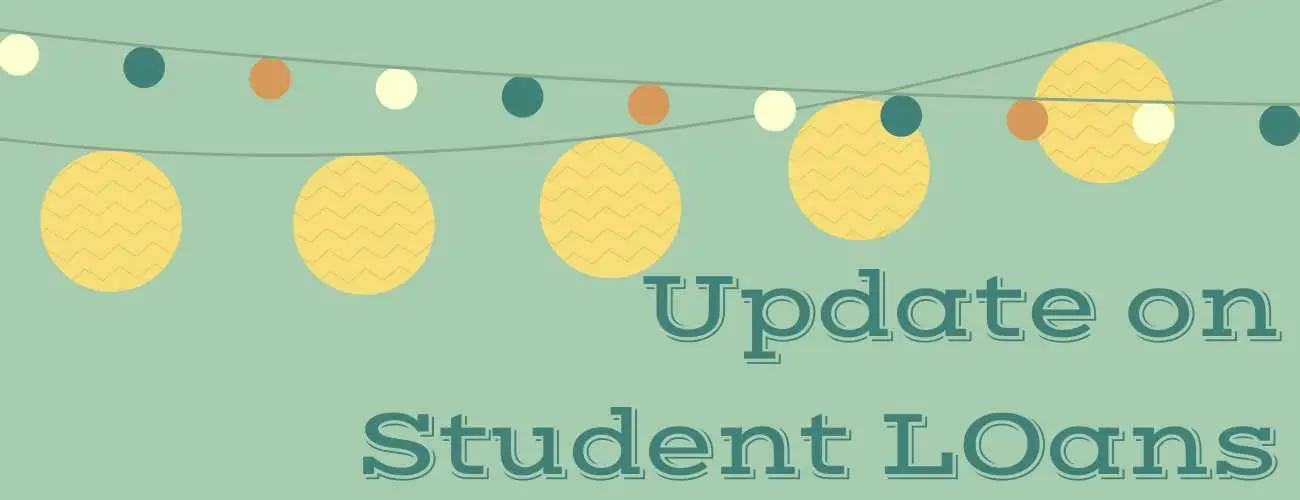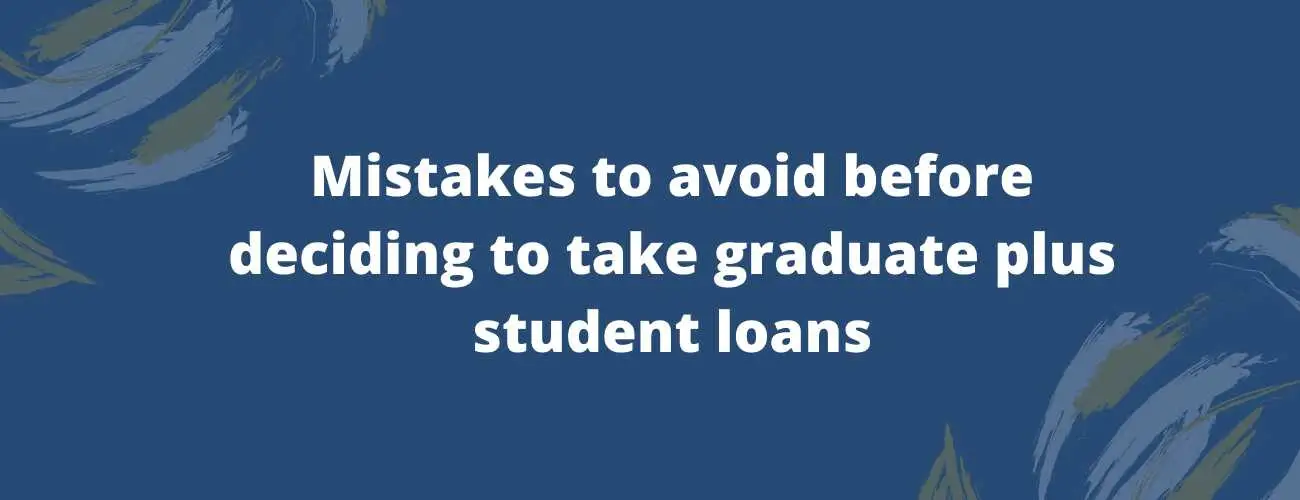Student Loan Amortization
student loan amortization is the process of paying back the student loans on a fixed payment schedule over specific period of time. In the below article we will be learning more on student loan amortization, repayment plans, ways to take advantages are more.
Updated by Priya shah on 7th January 2020
Student loans are a great way to tackle the rise in tuition costs and additional expenses that go towards getting your degree. After you get your degree it is time to pay back your student loans, this student loan repayment journey is crucial for all borrowers. It can help you build your credit score or can land you into a lot of trouble. All student loan payments are based on the selected repayment plans which will help determine the student loan amount to be paid each month.
It is advised to have an in-depth understanding of how your loans are to be paid, and a major factor towards the amount to be paid is how the student loan is amortized. This is irrespective of your loans being federal student loans or private student loans. Learn how you can take advantage of student loan amortization and how it can help you in your repayment journey.
Table of contents
- What is a student loan amortization
- Amortization and income-driven repayment plans
- Ways to take advantage of student loan amortization
- Are student loans always amortized
What is student loan amortization?
A student loan can be intimidating and can be overawing at the same time. On the technical term, there are so many we need to learn in order to maximize the strategy of repayment. Everyone wants to pay off their debt as soon as possible, but paying off your student loan is not an easy feat. sometimes it’s hard to fit the minimum monthly payments into your monthly income. In order to pay it fast, you must choose the best option depending on the types of loan and interest rates.
In the short term, we can define amortization as the process by which loan repayment is split between interest amount and principal amount.
Those loans that are scheduled with periodic payments for both principal amount and interest. In this amortized loan payments, the first payments go for the relevant interest expense that is the pay off for the interest and the rest amount will reduce toward the principle. Basically, normal amortized loans include home loans, personal loans, and auto loans that banks allow for small projects or debt consolidation.
Basically, the process of paying back an installment loan on a fixed payment schedule is called amortization. As per the revolving loan, you cant reborrow money that has been paid back. But the monthly payment amount that is under installment loan won’t fluctuate the way it can under a revolving loan.
In order to start with the student loan amortization lets overview the two types of loan:
-
Revolving loans: these loans are kind of credit cards.in this loan you have a limit of credit for the particular amount that can be borrowed from again and again. The monthly payment will depend on how much you have recently borrowed. As long as you don’t extend the limit you can make at least the monthly payments so the same money can be borrowed many times.
-
Installment loan: Its second type of loan is an installment loan, which includes mortgage, auto loans and student loans. In this loan, you can borrow and pay back gradually over time, with a fixed monthly payment where part of the payment goes to principal and a certain amount goes to interest.
Amortization and income-driven repayment plans
We have many repayment plans especially income-driven plans like
-
IBR: the government will pay all remaining interest for up to three consecutive years at the beginning of your repayment plan.
-
PAYE: the unpaid interest will accrue from the beginning without any government assistance.
-
REPAYE: the government will pay half of the remaining interest during the entire life of the loan.
where the monthly payment isn’t fixed and varies according to your income. But the rate of interest doesn’t vary as it remains the same. Which can lead to a situation where the principal and interest both don’t even cover the due and don’t pay off at all, which is also called “negative amortization”. Increasing the balance because of the negative amortization can be disheartening, but on the same point, it can be worth it if you are holding out for loan forgiveness. The best part is you can make extra payments through, even if you are on an income-driven plan, that helps avoid negative amortization. But it can lead to unpredictable amortization, and in some cases, your monthly payments may not be sufficient to cover all up to your interest that occurs monthly wise. And this is called negative amortization.
As amortization can't be avoided completely but we have some process that shows all about the installment how it works. however, it’s strategic about the repayments that can maximize the amount that goes towards the principal and starts getting bigger debt in your current balance.
The utmost benefit of paying off your student loan early is you frees up cash flow to do the things that you want to do with it.
Ways to take advantage of student loan amortization
Well, we all know that amortization cant is avoided entirely, but the only thing that can be done is you can maximize the amount that goes towards the monthly payment of principal and interest and starts making bigger debt in your balance. If you are dealing with negative amortization or normal amortization, we have some of the best ways to reduce the amount of interest that has been charged as per student loans.
Here we have some steps that are to be kept on the mind in order to reduce our monthly payments.
-
Make extra payments according to the “debt avalanche” method: According to this payment method the minimum balance that is to be paid with the highest interest rate. The debt avalanche method is something where you target the highest interest rate loan in order to reduce the monthly payment as soon as possible. As the extra payment id directed towards the principle, where the interest rate charged is based on the principle balance, the debt avalanche method is the best method for reducing the amount of interest you pay over the loan.
-
Make it explicit that extra payments are for the principle, not the interest: Mostly what happens is the loan servicer will apply the extra payment towards the next month’s payments rather than principle. If you have more than one loan with the same loan servicer have higher chances they may apply the extra payments to a loan of their choosing than you’re targeting. If you are online making your monthly payments then you must be very careful and double-check of your payments was applied as directed.
-
Refinance at a lower interest rate: Refinancing of loans is the best option when it comes to the multiple loans you have with the burden of various rates of interest. The simple agenda is the lower your interest rate the more amount goes to the principle and as faster it gets cleared and you pay back your loan. But we must be careful while refinancing those loans that can give benefit try not to refinance for eg if you have a federal and private student loan. A federal loan can give you various benefits like deferment, forbearance or repayment. But private student loans don’t have such options so before you refinance you must be careful with the benefits that are giving away.
-
Automate extra payments: Auto deduction of the monthly payments can be the best option in order to reduce the negative amortization. Automate payments make sure the payments are on time and happen consistently. It allows you to make consistent progress and reduces the burden and stress free the loan payment. It often gives you a discount on your interest rate if you go for the option of automating extra payments.
-
Take advantage of income-driven repayment: federal loan gives various benefits in which one of them is income-driven repayment. These programs adjust your monthly payments based on your monthly income. The income-driven repayment option offers the opportunity to forgive some of your loan balance. Income-driven repayment plan helps to reduce your monthly payments.
Are student loans always amortized?
Well, the best answer to this is definitely yes. I will tell you why it is so. Student loans are basically installment loans, all student loans are amortized. Amortization means the process of paying back the loans as a fixed payment over a specific period of time. They are a one-time loan which means they are not revolving and the borrower cant reborrows the money that has been already paid back. However, the payment is made in portions where some portion of the amount goes to interest and some portion goes to interest. After each payment, the loans get smaller.
At the same time, the amortization can be discouraging for some students as it means that most of the monthly payment is applied to the interest due on the early loan in the repayment period. Student loan amortization is normal for installment loans like student loans, auto loans, and even mortgage. We can pay extra to avoid negative amortization and reduce our principle faster.



93.jpg)


28.jpg)
